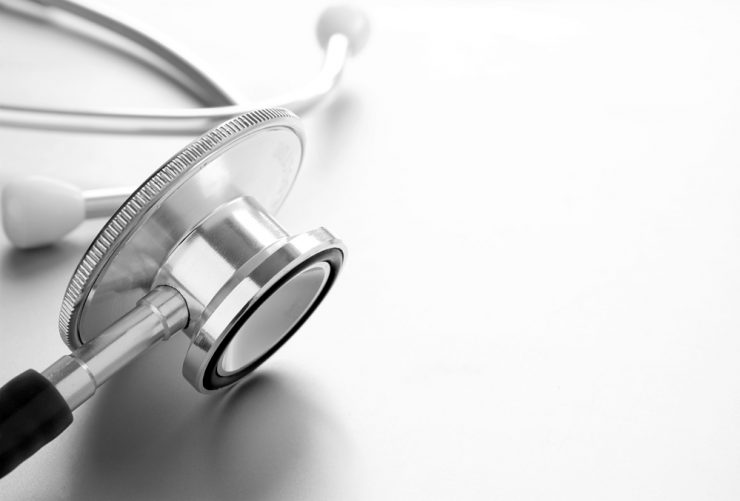A pregnant woman’s body will prepare itself for the delivery of the baby as the time for the birth of the baby nears. The baby starts moving down and exerts pressure on the ribs. The woman experiences a gushing out of energy as well as mood swings.
The symptoms associated with labour vary from woman to woman as well as each and every birth. The symptoms may be visible within short span of time or it may spread over longer periods.
The labour may last from twelve to twenty four hours if the woman is delivering her first baby. But if it is her second baby, then the labour may come down even to seven hours.
Symptoms
The signs associated with labour are as given below:
- Regular but slow contractions
- ‘show’ where the pug that seals the mucus of the cervix breaks off as well as
- the waters start breaking.
If the signs are very slow, only may to able to identify them. This will happen specifically if the woman is having her first baby. The woman should seek the advice of the maternity staff in such cases.
Contractions
False contractions may be experienced by women as they progress towards the last stages of pregnancy. These contractions rarely last above one minute. These are also known as Braxton Hicks contractions but they are not indicators of the beginning of labour.
The contractions that will be felt during labour are very regular. They will be stronger, longer as well as very frequent. The pain will be more as and when the womb muscles contract. The hardness which will be felt on the stomach will be eased when the muscles relax. These enable the opening of the cervix to push the baby during labour.
Show
The mucus present in the cervix is sealed by a plug when a woman is pregnant. When a woman starts experiencing pain during labour, the plug comes out of the vagina. This is known as ‘show’ or operculum. The plug which has come out will be a jelly like sticky substance which will be pink tinted due to staining of blood. If a woman experiences more loss of blood then it is a warning sign.
Breaking of waters
The waters may break during labour or before it starts. The amniotic fluid present in the womb starts coming out of the vaginal opening in a very trickling way or as sudden gush which cannot be controlled.
The other symptoms associated with labour are:
- nausea
- vomitting
- backache
- an urge for using the toilet as well as
- Diarrhea.
Treatment
Knowledge on how the labour will work will help the pregnant woman to have a control as she approaches the time of labour. Various pain relief options those are available include:
- relaxation
- breathing as well as
- use of Transcutaneous electrical nerve stimulation techniques.
Pethidine as well as epidural may also used to reduce the pain. One can lie in warm water to get relief from the pain associated with labour.













